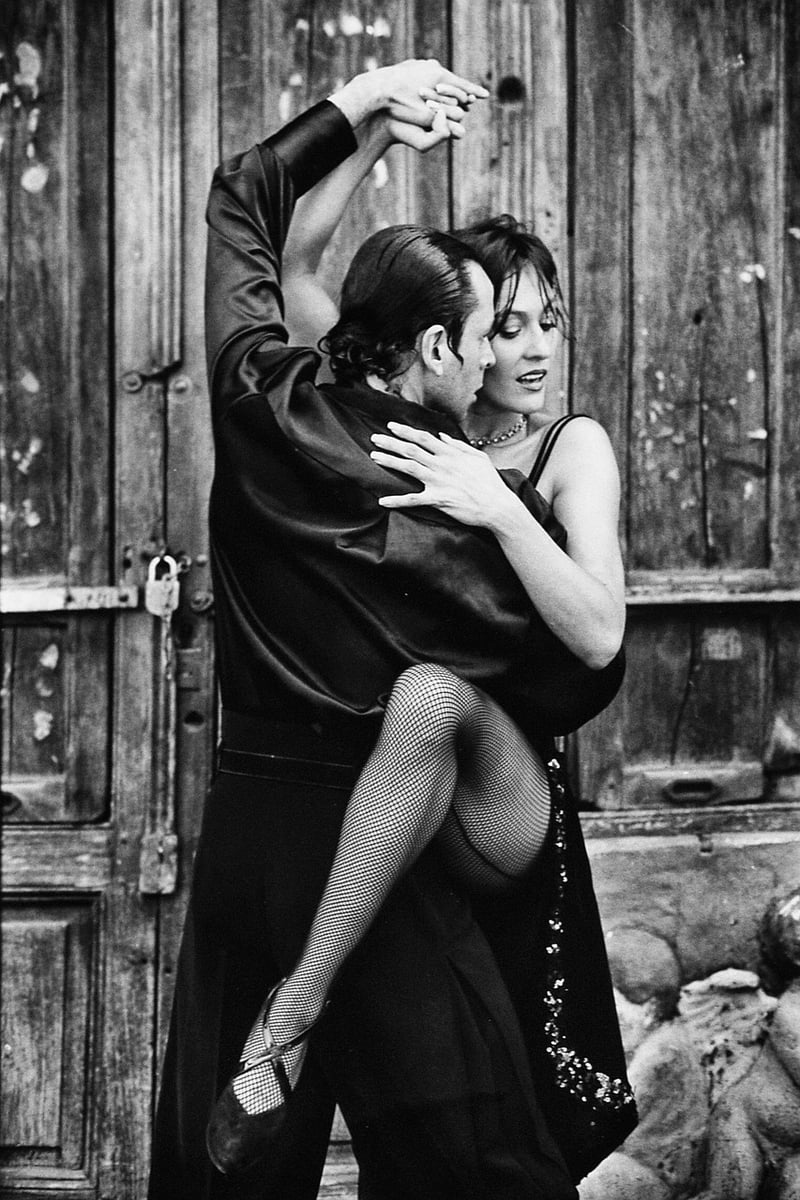Hip Hop
The Power of Expressive Movement in Hip Hop
Hip hop culture has long been recognized as a powerful form of artistic expression, encompassing not only music but also dance. One of the key elements that sets hip hop dance apart is its emphasis on expressive movement. In this article, we delve into the significance of expressive movement in hip hop and how it contributes to the art form's vibrancy and creativity.
What is Expressive Movement?
Expressive movement in hip hop goes beyond mere steps and choreography. It involves conveying emotions, stories, and personal experiences through body language. Dancers use their movements to communicate a wide range of feelings, from joy and exuberance to pain and defiance. Through expressive movement, hip hop dancers can connect with their audience on a deeper level, evoking powerful emotions and sparking meaningful conversations.
The Role of Expressive Movement in Hip Hop Culture
Expressive movement is at the core of hip hop culture, reflecting the lived experiences and struggles of marginalized communities. It serves as a form of self-expression and empowerment, allowing individuals to reclaim their narratives and assert their identities. In hip hop dance battles, for example, dancers use expressive movement to assert their skills, confidence, and individuality, engaging in a dynamic dialogue through movement.
Expressive Movement in Hip Hop Choreography
Choreographers play a crucial role in shaping the expressive movement in hip hop dance routines. They blend technical precision with emotional depth, creating choreography that resonates with both dancers and audiences. By infusing their routines with personal stories and cultural references, choreographers bring authenticity and richness to their work, elevating hip hop dance to a form of art that is both entertaining and thought-provoking.
Embracing Diversity and Inclusivity
Expressive movement in hip hop celebrates diversity and inclusivity, welcoming dancers of all backgrounds and abilities. It provides a platform for individuals to express themselves freely, breaking down barriers and fostering unity through movement. In hip hop workshops and classes, dancers are encouraged to explore their unique styles and perspectives, contributing to the rich tapestry of hip hop culture.
Conclusion
Expressive movement is a cornerstone of hip hop dance, infusing the art form with emotion, authenticity, and cultural relevance. By embracing expressive movement, dancers can tap into their creativity, tell their stories, and connect with others in a profound and meaningful way. In the world of hip hop, where words may fail, movement speaks volumes.

Explore the power of expressive movement in hip hop and unleash your creativity on the dance floor!
For more information on hip hop dance and expressive movement, visit Hip Hop International.
